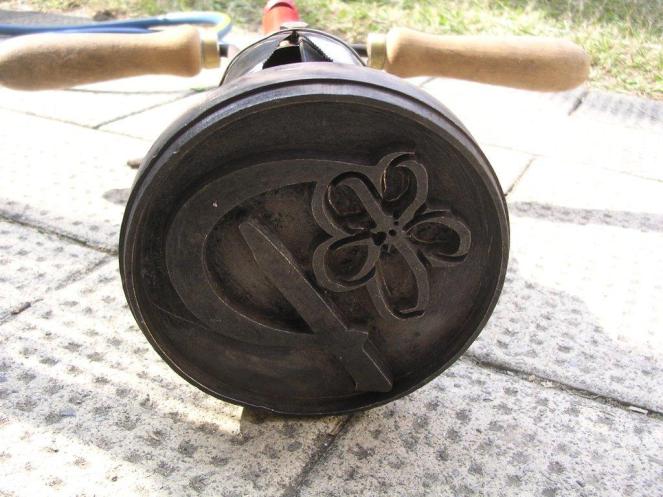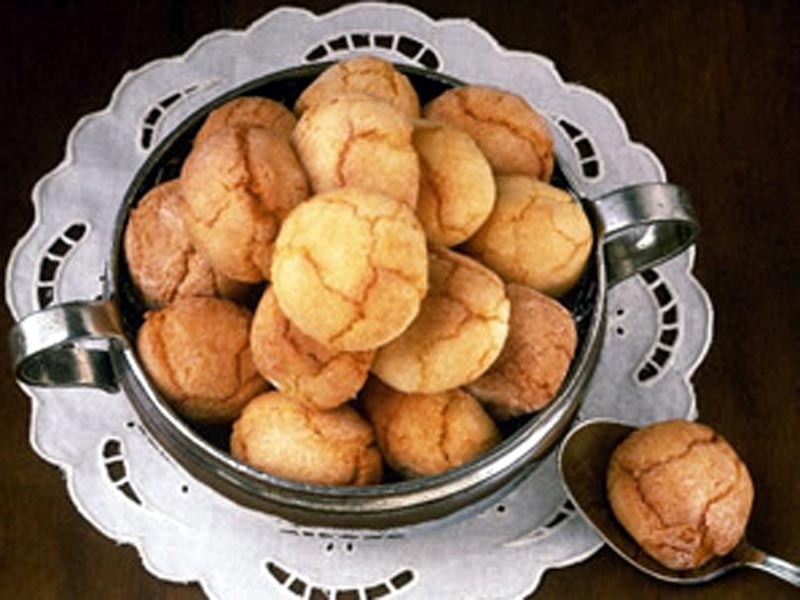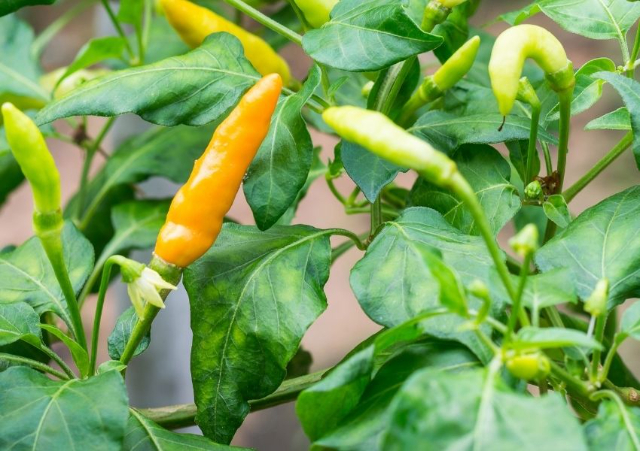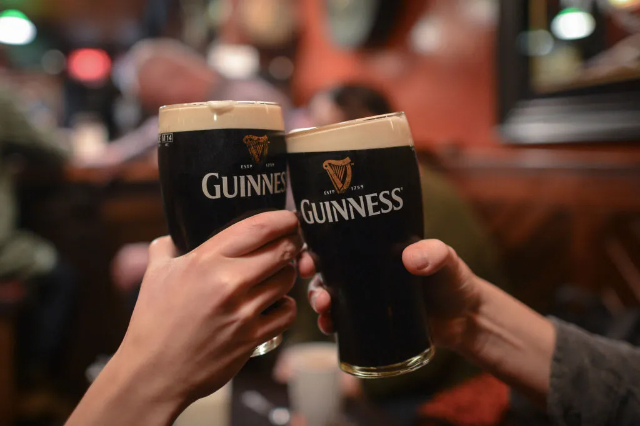It seems to have existed already in the 1500s, some documents in fact report of the homage by the population of Perosa, of some forms of Plaisentif, produced in the mountain pastures of the upper valley "more precious than kid and mutton" to the Castellano in order to obtain guarantees on the future of social and economic relations. In fact, the Borgo, following the Treaty of Cateau Cambresis was the new border between France and the Duchy of Savoy to which Savigliano, Pinerolo and precisely Perosa were returned. It was therefore a privilege to be given the Plaisentif, considering the value of this cheese, which was valued at 6 soldi a pound when meat was valued at only 4.
Since then, the cheese of the violets, is always produced by the same method, the tradition is practically unchanged, in about mid-June the cattle are brought to the mountains of Usseaux, to Pian dell’Alpe. The cow breed is the Pezzata nera Valdostana, also threatened with extinction, then in the 1990s it re-entered the European Union’s support plans for endangered breeds. Apparently derived from crosses with the Swiss Herens breed, the result of this cross is a hardy animal well resistant to cold and temperature changes, with good ease of fattening, good milk production and yield at slaughter.
The recipe is protected by the Brotherhood of Knights of the Plaisentif. Plaisentif, belonging to the tome family (perhaps from the Provençal toumo, formella, or from the ancient Piedmontese tomé, to fall, with allusion to the casein that precipitates during coagulation, all the way back to the ancient Greek ????, cut), is the first cheese to be prepared in the alpine pastures, between June and July, when the herds go up for the summer. The cows, feeding on the violets mixed with the grass, absorb its aromatic component, which flows back into the milk (produced at a minimum altitude of 1,800 meters) and, hence, into the cheese: hence the name Plaisentif. The cheeses, aged for at least 70 days and branded, are placed on the market no earlier than the third Sunday in September during the "Poggio Oddone terra di confine" event held in the municipality of Perosa Argentina.
The cheese, is irregular cylindrical, flat faces slightly convex heel, the rind white in color due to the covering of spontaneous geotricum.
It is noticeable with the firebrand mark of the violet and the large "P". The paste is deep ivory in color, the undercrust has a slight hazelnut-colored nail of about 2 mm constant thickness. The paste has a presence of medium-sized eyes, with irregular shape and distribution. The aromas are those of butter, wet chestnut leaves, underbrush, clean barn. The texture appears compact, deformable, in the mouth moldable, becomes lumpy and dilutable, easily swallowed. The aromas released are of butter, chestnuts and nuts. The finish releases a mellow, almondy mouthfeel of medium intensity and persistence combined with hints of barn, the product is interesting and quite balanced.













